RiverRoots: Mayfly – The Hatch
River Roots: Mayflies – The Hatch
River Roots is Susquehanna NHA’s blog series featuring history from York and Lancaster Counties that showcases the Susquehanna River’s historic, cultural, and natural resource contributions to our nation’s heritage.
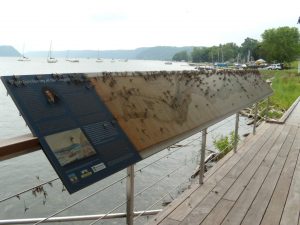 |
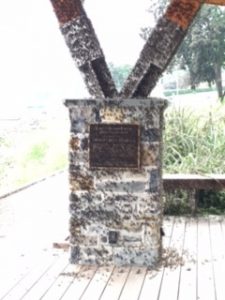 |
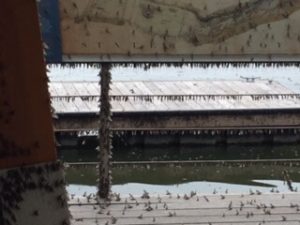 |
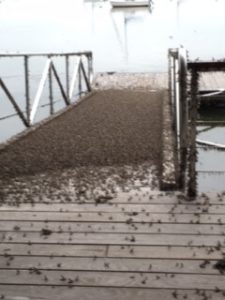 |
What Are Mayflies?
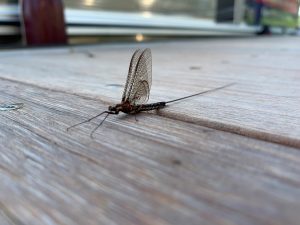 Mayflies are aquatic insects that belong to the order Ephemeroptera, which means “short-lived”. They are also known as shadflies, fishflies, or up-winged flies. They are ancient insects that have lived on this planet for over 350 million years. They even lived while dinosaurs were here. There are more than 600 species of mayfly in the United States and over 3,000 worldwide. In Pennsylvania, there are at least 175 different species. Mayflies can vary in size, but they typically grow anywhere from 0.25 to 1.1 inches. The largest species of mayfly in the world is the Tisza Mayfly, found in Eastern Europe. It measures 4.7 inches from head to tail. The Tisza Mayfly hatch has become a tourist attraction known as the “Blooming of the Tisza.”
Mayflies are aquatic insects that belong to the order Ephemeroptera, which means “short-lived”. They are also known as shadflies, fishflies, or up-winged flies. They are ancient insects that have lived on this planet for over 350 million years. They even lived while dinosaurs were here. There are more than 600 species of mayfly in the United States and over 3,000 worldwide. In Pennsylvania, there are at least 175 different species. Mayflies can vary in size, but they typically grow anywhere from 0.25 to 1.1 inches. The largest species of mayfly in the world is the Tisza Mayfly, found in Eastern Europe. It measures 4.7 inches from head to tail. The Tisza Mayfly hatch has become a tourist attraction known as the “Blooming of the Tisza.” The Mayfly Hatch
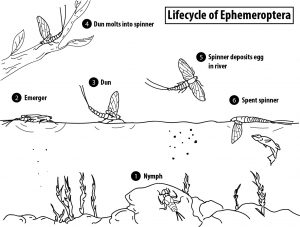
Hatches Along the Susquehanna

One hatch here along this part of the Susquehanna River made international news in 2015. A swarm took to the lights on the Veteran’s Memorial Bridge on June 13, 2015, and created blizzard-like conditions. Several inches of dead mayflies piled up on the bridge, causing slick driving conditions and three motorcycle crashes. The bridge closed, and snowplows were even used in the cleanup. The bridge closed again briefly the next night due to another swarm.
Learn More
June 8, 2022: Follow the Hatch—Aquatic Insects in Lancaster County’s Streams and Rivers 6:00 PM – 7:30 PM at Columbia Crossing. Join Dr. John Jackson of Stroud Water Research Center and Keith Williams of Lancaster Conservancy for a deep dive into the world of mayflies, stoneflies, caddisflies and the many other tiny creatures that call our streams home.
Stroud Water Research https://stroudcenter.org/news/mayfly-eggs-under-one-minute/
Lower Susquehanna Riverkeeper https://lowersusquehannariverkeeper.org/
Sources
“Mayfly swarms temporarily close Veterans Memorial Bridge again”. LNP Lancaster Online
Category: Burrowing Mayflies (Ephemeridae). Life in the Lower Susquehanna River Watershed. SusquehannaWildlife.net
Hadden, Jerry. “Upper Delaware River Insects.” delawareriverguide.net
Kaszas, Fanni. “Tisza Mayfly and ‘Tisza Blooming’ Becoming Hungaricums as National Values.” HUNGARY today.
Leonard, Justin W.. “mayfly”. Encyclopedia Britannica, 11 Mar. 2020.
Miller, Adam. “Massive Swarms of Bugs-A Sign of a River on the Mend.” Alliance for the Chesapeake Bay.
http://www.delawareriverguide.net/insects/insects.html
